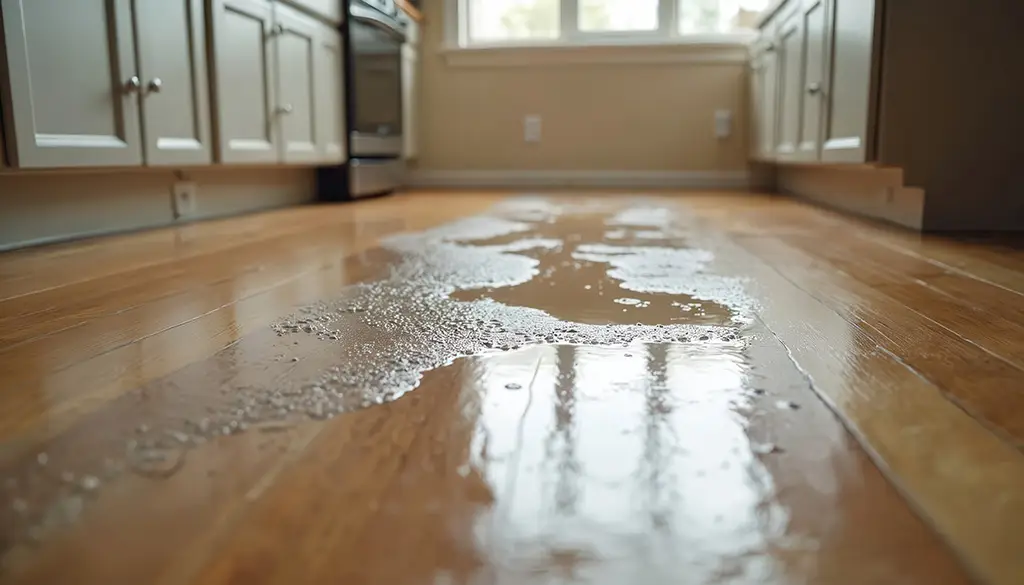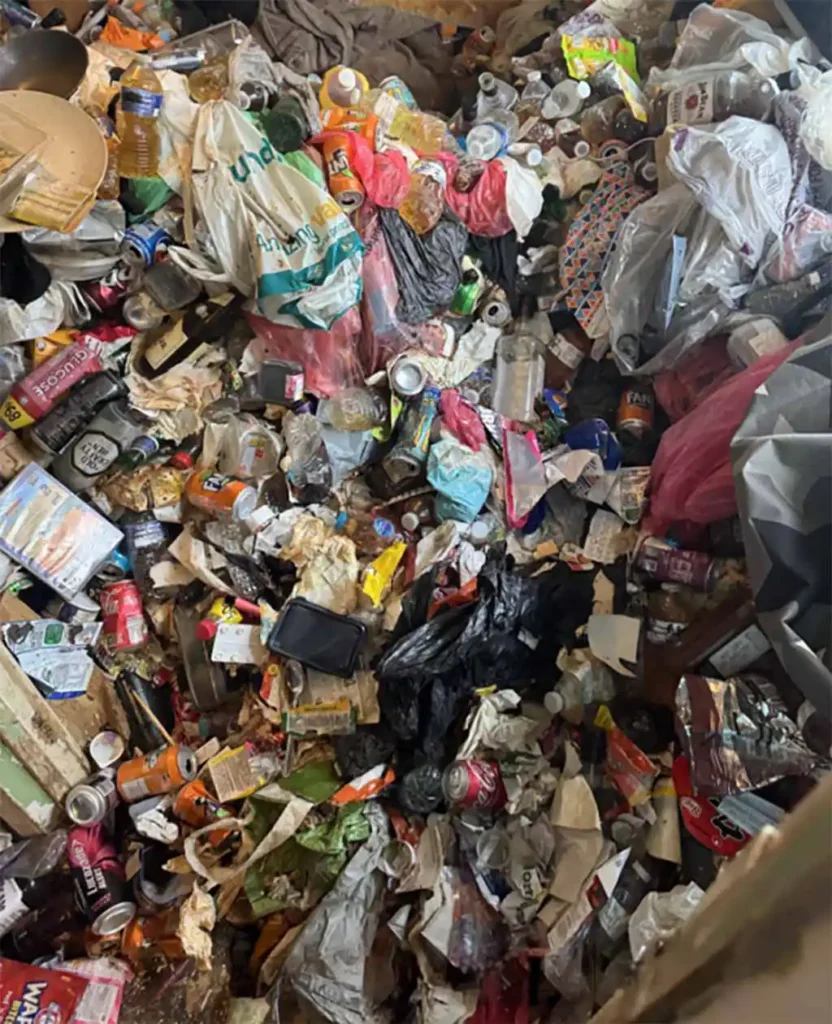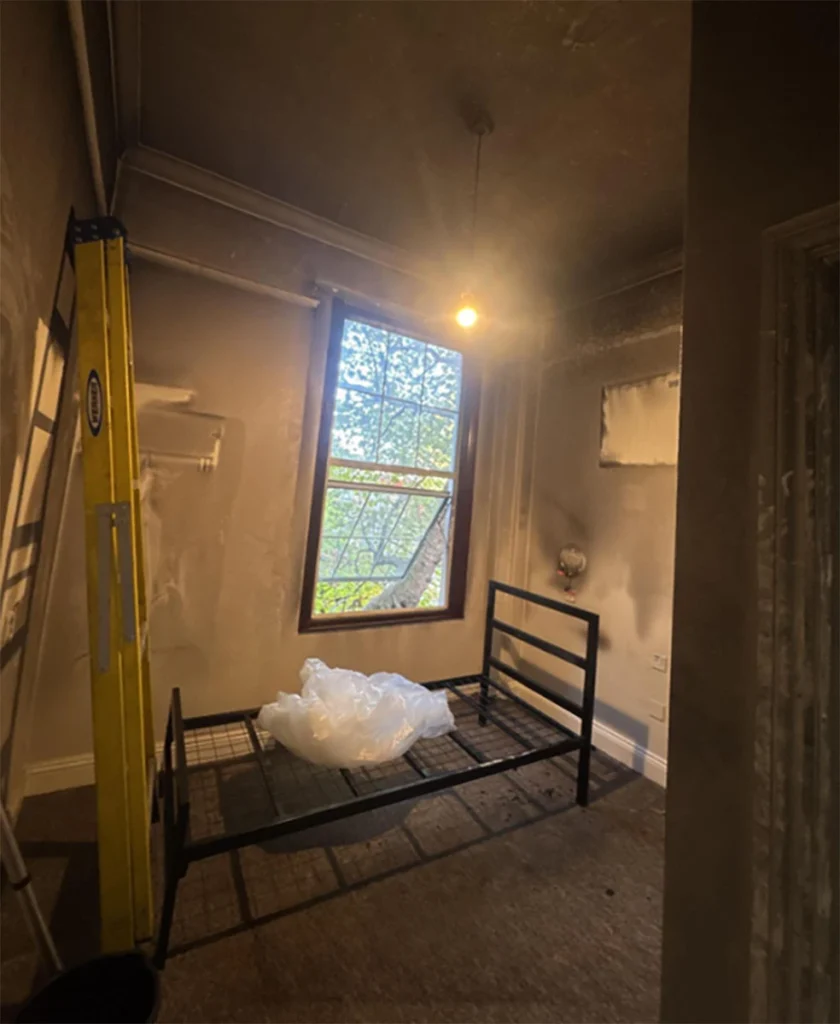The Problem: Hospital chemical spill
Chemical spills can be hazardous, especially in environments like hospitals, where public safety, staff wellbeing, and medical operations must be protected. In the UK, thousands of chemical spills occur annually, with hospitals and laboratories being high-risk areas. The Health and Safety Executive (HSE) reports that improper handling of hazardous substances leads to hundreds of workplace incidents each year.
At a Kent hospital, a technician accidentally used 2-Mercaptoethanol in its pure form, a highly toxic chemical that can cause:
- Respiratory and skin irritation
- Severe illness, including nausea and vomiting
- Potential fatal exposure in high concentrations
In a panic, the technician disposed of the chemical incorrectly, leading to a spill in the hospital laboratory. The hospital staff acted quickly by:
- Sealing off the affected area
- Ensuring technicians removed contaminated clothing
- Calling professional chemical spill responders
With a busy hospital environment and public access to nearby areas, the clean-up had to be immediate, thorough, and safe to prevent exposure to harmful fumes.
The Solution: Rapid chemical spill clean-up & decontamination
Rapid response & on-site assessment
Upon arrival, our team faced multiple challenges:
- Hospital staff and patients were in proximity, requiring careful containment.
- The toxic nature of the spill meant we needed to ensure no airborne contamination spread beyond the affected area.
- Proper disposal of hazardous waste had to be carried out to meet environmental safety regulations.
- Our priority was ensuring safety. Our team wore full PPE, including hazmat suits, gloves, and full-face respirators, to prevent exposure.
Safe & effective clean-up strategy
We opted for a manual cleaning approach to ensure every contaminated surface was treated. The process included:
- Carefully removing the bulk of the chemical and sealing it in hazardous waste containment bags.
- Deep cleaning every affected surface by hand, ensuring no residual contamination.
- Securely packaging all contaminated materials for responsible disposal at a licensed facility.
Given 2-Mercaptoethanol’s toxicity, a standard clean-up wasn’t enough, we needed to verify that all traces had been eliminated.
Post-cleaning testing & verification
To confirm complete decontamination, we performed ATP swabbing tests to detect any chemical residue. ATP (Adenosine Triphosphate) testing is commonly used in hospitals and laboratories to verify sterility and ensure environments meet strict hygiene standards.
The Result
- Full Decontamination Achieved – ATP swab tests confirmed zero traces of 2-Mercaptoethanol in the laboratory.
- Minimal Disruption – the hospital was able to resume operations without major delays.
- Safety Ensured – staff, patients, and the public remained completely protected throughout the process.
If you have an emergency chemical spill and require immediate assistance, don’t hesitate in calling one of our team.





















